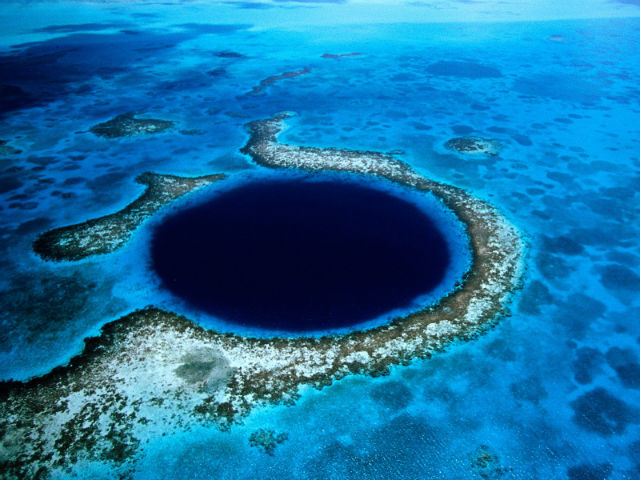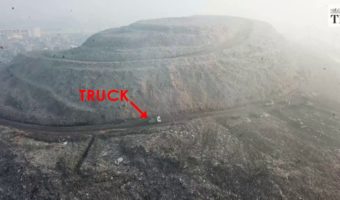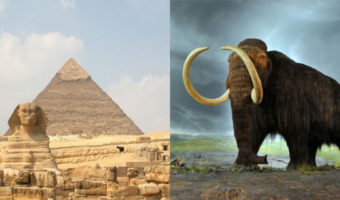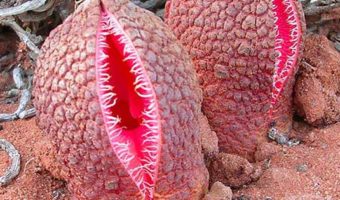Scientists found shocking evidence of the demise of the Mayan civilization 410 feet underwater!
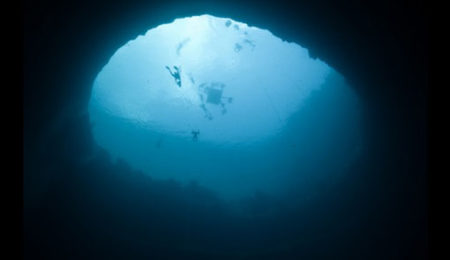
The “Great Blue Hole” –Â an underwater cave located in Belize’s Lighthouse Reef has been cited as one of the “10 most amazing places on Earth” by the Discovery Channel. Home to a wide range of flora and fauna, coupled with a landscape that could take one’s breath away, the Blue Hole is, in fact, pretty amazing.
But scientists have come up with something else that could add to the significance of the place: recent research carried out in the region seems to have collected evidence of the drought that is speculated to have brought the Mayan Civilization to an end.
The Mayans were a group of people centered in the lowlands of modern-day Guatemala, and are most renowned for their skill and excellence in certain fields such as agriculture and mathematics; some would also recognize the Mayans as being the source of the extremely hyped end of the world on the 21st of December, 2012. it was later found that scientists had misjudged the prediction. The Mayan civilization, as long as it existed, flourished wonderfully. However, sometime around the late eighth century, the Maya were afflicted by an as yet unknown event that led to the gradual, albeit mysterious decline and fall of the Empire, caused primarily due to most of the inhabitants abandoning the cities. By 900 A.D., the Mayan Civilization had absolutely collapsed.
The mysterious decline of the Mayan Civilization has had several great scientists scratching their heads, and drawing several conclusions regarding the decline. Until now: the Blue Hole of Belize seems to hold a promising solution to this problem.
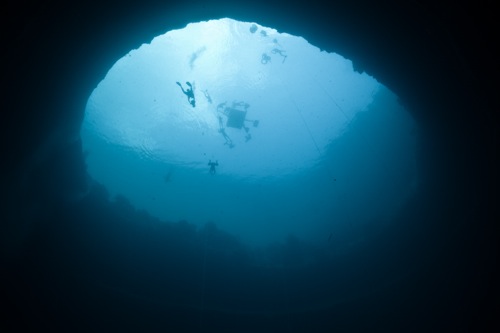
A research team consisting of scientists from Rice University and the Louisiana State University collected samples from the Great Blue Hole and nearby lagoons, comparing the concentration of titanium and aluminum within them; higher titanium concentrations indicate heavy rainfall. The team found a major shift from titanium to aluminum content from the ninth to the tenth century. From A.D. 800 to 1000, the ratio between the two elements decreased even further, indicating a decrease in the amount of rainfall in the region, thus supporting prevailing beliefs that droughts and similar, unsuitable climatic conditions led to the downfall of the Maya. The research also hinted at a possible second drought hitting the region between 1000 and 1100 A.D.
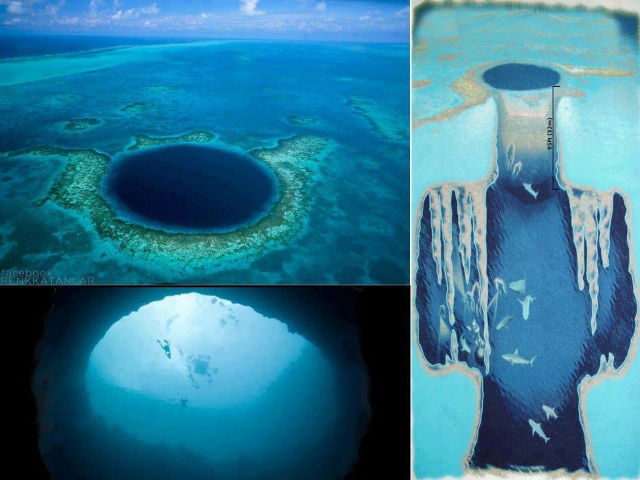
The Mayans relied heavily on rainfall, as the regions they inhabited, such as the Yucatan Peninsula, severely lacked natural water resources. Lesser rainfall with the years seems to be a plausible reason for the Mayans becoming a lost civilization.
This research comes in the wake of others that claim that the fall of the Mayan civilization is a result of climate change: in 2012, scientists collected stalagmite samples from a cave in Belize, and achieved results that pointed to droughts as being the central cause for the Mayan decline.
This research could, hopefully, settle the problem of the Mayan Civilization once and for all.
[sources: discovery, theguardian]














